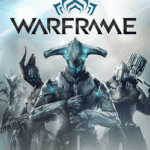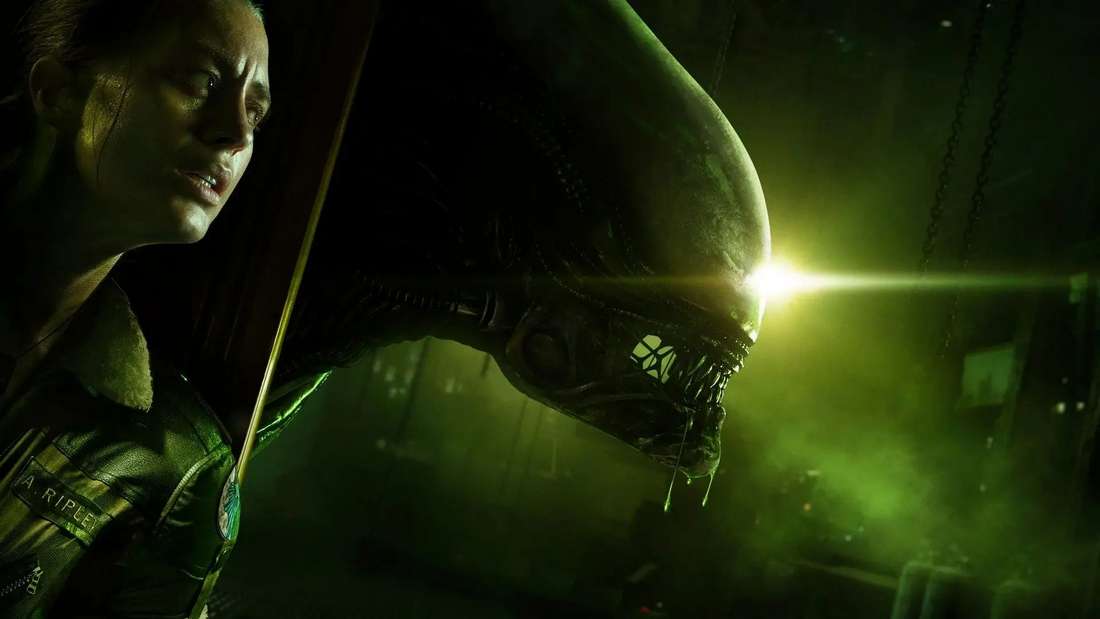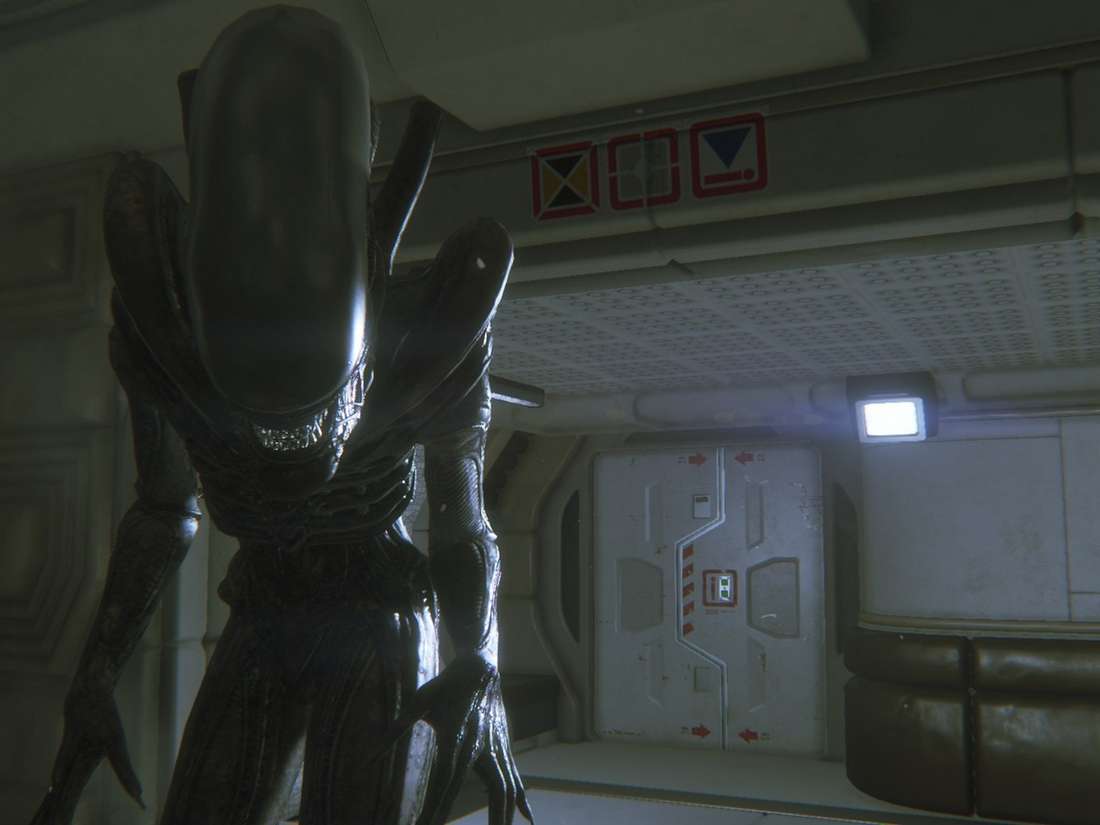The Unintended Marathon: Creative Assembly Writer Confirms Alien: Isolation’s Length Was a Consequence of the Xenomorph’s Evolving AI
Popular Now
 Grand Theft Auto V
Grand Theft Auto V
 EA SPORT FC 25
EA SPORT FC 25
 Valorant
Valorant
 PUBG Mobile
PUBG Mobile
 Gacha Club
Gacha Club
 Candy Crush Saga
Candy Crush Saga
 Toca Boca World
Toca Boca World
 Warframe
Warframe
 R.E.P.O
R.E.P.O
 Among Us
Among Us 
SEO Title: Alien: Isolation’s Accidental Length: How the Xenomorph’s ‘Clever’ AI Inflated Playtime and Raised the Bar for Survival Horror
The debate surrounding the runtime of Creative Assembly’s critically acclaimed survival horror title, Alien: Isolation, has been reignited following candid comments from a former member of the development team. The game, lauded for its intense atmosphere and faithful recreation of Ridley Scott’s 1979 masterpiece, is famously longer than most of its genre contemporaries, clocking in at an average of 18–20 hours for a main campaign playthrough. This extended duration, often cited as both a strength and a weakness, was reportedly an accident.
Former Creative Assembly writer, Dion Lay, recently shed light on the development process, suggesting that the game’s surprising length was a direct result of the antagonist’s sophisticated artificial intelligence. In an interview, Lay conceded that in a “perfect world,” the team would have preferred to “shrink it down a bit, get down its core.”
 The Xenomorph’s Evolution: A Double-Edged Sword in Game Development
The Xenomorph’s Evolution: A Double-Edged Sword in Game Development
The core innovation of Alien: Isolation was its dynamic and unpredictable Xenomorph. Unlike the scripted antagonists common in many horror games, Creative Assembly engineered a creature with an advanced, dual-tiered AI system. This allowed the alien to actively hunt, learn from the player’s tactics, and adapt its patrol routes and search patterns in real-time. This level of complexity created an unprecedented experience of sustained tension, but it also had an unforeseen impact on the game’s pacing.
Lay explained, “The Alien really evolved as we were making it. By the time it was perfect, it was like, ‘Oh, wow, everything takes a lot longer!'” As the Xenomorph’s intelligence increased during development, encounters that were initially designed to take a few minutes of cautious maneuvering stretched into drawn-out, nerve-wracking segments. Players had to spend significantly more time hiding, improvising, and waiting for a safe moment to proceed—a hallmark of the game’s intensity, but also the source of its protracted length.
Key Takeaways from the Creative Process:
- Unintentional Scope Creep: The increasing sophistication of the Alien AI inadvertently extended the gameplay hours.
- Pacing vs. Immersion: The hyper-intelligent enemy made for a deeply immersive and terrifying experience, but at the cost of traditional narrative pacing.
- High CPC Keyword Insight: The game’s focus on dynamic AI and survival horror game mechanics positions it as a major discussion point in game development circles.
Sustained Terror and Player Fatigue: An Enduring Critical Point
The protracted experience of being constantly hunted has polarized both critics and players since the game’s 2014 release. While many hail it as the most authentic and terrifying interpretation of the Alien franchise, others found the sheer duration of the relentless tension to be overwhelming, leading to a sense of exhaustion and, in some later sections, repetition. The average completion time significantly exceeds that of established horror franchises like Resident Evil or Silent Hill.
Dion Lay’s comments validate this enduring critique, acknowledging that the difficulty of shortening the game once the core mechanics and story were locked in meant the longer runtime was essentially unavoidable. “I’d definitely shorten it, you know. But, yeah, at the time, there was some stuff where we were like: ‘Yeah, we can’t take that out now, that would kind of upend everything.'”
Future of the Franchise: Lessons for the Alien: Isolation Sequel
The revelation prompts a crucial question for the future of the franchise, especially concerning the recently announced sequel (currently rumored to be in development). Can a follow-up game maintain the terrifying fidelity of the original’s Adaptive AI while delivering a more streamlined, commercially optimized experience? The challenge for the developers of any new Alien game will be to strike a perfect balance:
- H2: Balancing Advanced AI and Runtime in Future Horror Games
- Maintaining High-Value Horror: The suspense must remain potent without succumbing to player fatigue.
- Optimized Pacing: Implementing the hyper-clever Xenomorph in a way that respects player time, ensuring high-tension sequences are punctuated with moments of relative calm or narrative progression. This is a critical factor for the video game market.
- Monetization and Player Retention: A shorter, yet more impactful experience could lead to higher completion rates and positive word-of-mouth, which are vital for high revenue game sales.
In conclusion, the extended length of Alien: Isolation is a unique footnote in gaming history—a happy accident born from the over-performance of a cutting-edge design choice. The Xenomorph was simply too smart for the developers’ original plan, inadvertently creating one of the most intense, long-form survival horror experiences ever made. The story serves as a powerful testament to the risks and rewards of pioneering intelligent enemy AI in the AAA game development space.
Sources: Based on recent interviews with former Creative Assembly writer, Dion Lay, on the FRVR podcast, as reported by various gaming news outlets in early October 2025.









 The Xenomorph’s Evolution: A Double-Edged Sword in Game Development
The Xenomorph’s Evolution: A Double-Edged Sword in Game Development